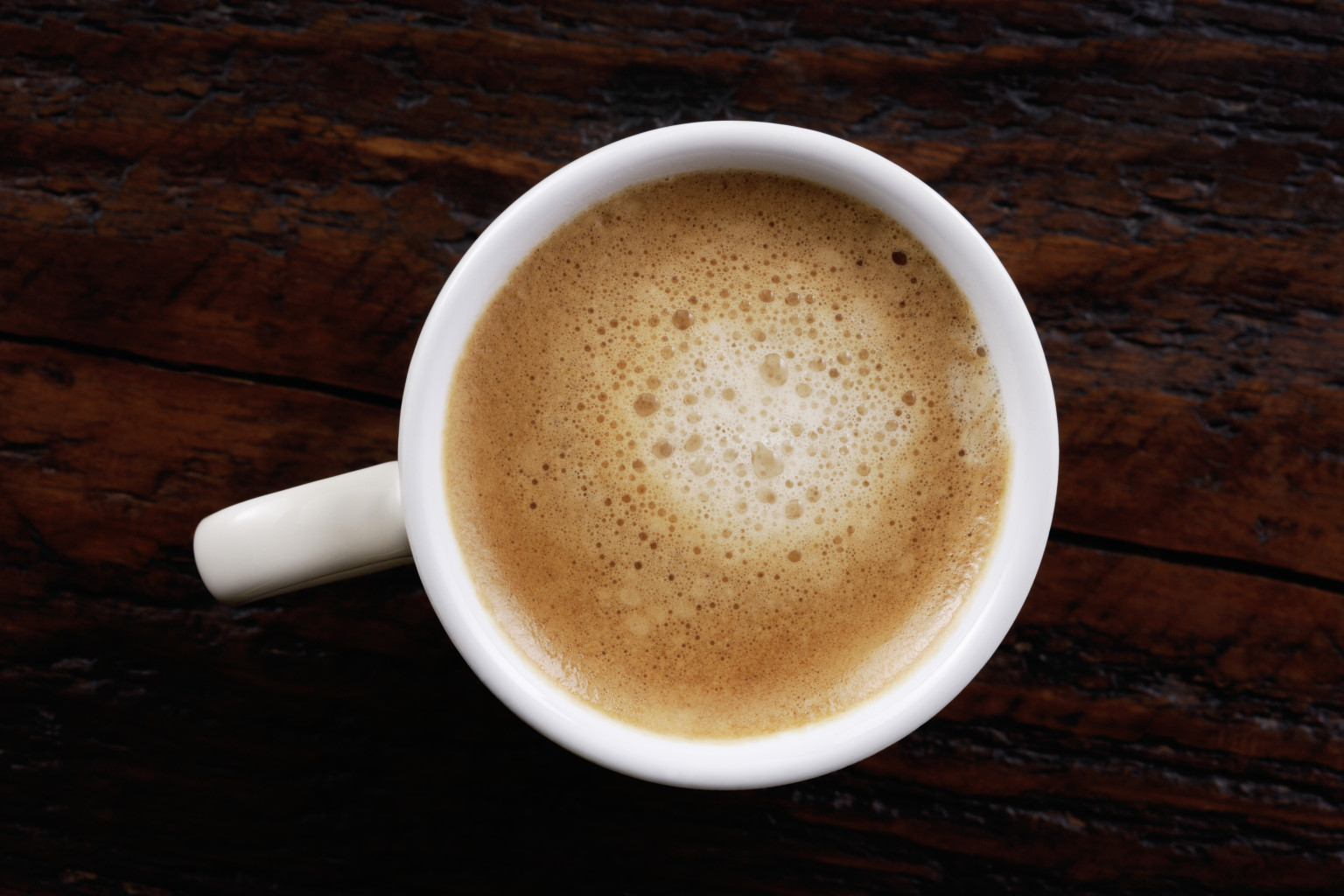
Espresso is the basis for the majority of the coffee and milk based beverages on the menu. The material costs are around 15 cents to make a shot of espresso, and about 35-40 cents to make a mocha, cappuccino or latte ? Naturally, location, devices and staffing include a lot to the cost, however the low consumable expenses vs. high list prices are one of the primary reasons many coffee shops are emerging in towns throughout America.
Follow the link for the full article You can find out more.
This guide presents the practical details required for you to choose the best espresso equipment for your home, workplace, or small business. Without a strong understanding of the various espresso makers, the choice process might be complicated and somewhat frustrating simply due to the reality there are many designs to pick from. This guide is not very brief, but investing the time to read it will greatly boost your buying experience.
Espresso is simply another method by which coffee is brewed. There are many different ways of developing coffee that include the use of a stove top coffee maker, percolator, French press (or coffee press), vacuum pot and others. Espresso is brewed in its own unique method.
Espresso is a drink that is produced by pushing hot water, between 192F and 204F, at high pressures, through a bed of carefully ground, compressed coffee. The shot is brewed for approximately 25 to 30 seconds, and the very same time uses to both a double or single shot (double baskets are bigger, with more screen location, and the coffee flows faster - single baskets restrict the flow more, leading to 1.5 ounces in 25-30 seconds).
An espresso maker brews coffee by forcing pressurized water close to boiling point through a "puck" of ground coffee and a metallic screen in order to brew a viscous, focused coffee called espresso. The first device for preparing espresso was built and patented in 1884 by Angelo Moriondo of Turin, Italy. Check this Twitter Moments collection for an in-depth introduction to the espresso machine.
⚡️ “How to Choose an Espresso Machine” by @coffeeblogger1 https://t.co/sTC6SIx6Yw
— Coffee Lover (@coffeeblogger1) February 28, 2021
The resulting beverage, either a single or a double, is topped with a dark golden cream, called crema when brewed correctly. Crema is among the visual signs of a quality shot of espresso. Consuming an espresso is in itself an art kind of sorts. In Italy, where most true espresso is bought in a cafe, it is traditional to lift cup and saucer, smell the shot, and drink it in 3 or 4 rapid gulps. You finish the "event" by clacking the cup back on the saucer in a firm however not-too-hard manner.
Espresso is confusing because generally, it isn't prepared properly. Real espresso, brewed with a pump or piston driven espresso device is really requiring on the poor coffee bean grinds. However before we enter the relative 'torture' that ground coffee is put through to produce a superior espresso, let us take a step back and go over a bit more the misconceptions about the drink.
Espresso is not a kind of bean: This is a common misunderstanding, and incorrect marketing by coffee chains, supermarket, and even word of mouth provide the impression that espresso is a kind of bean. Any coffee bean can be used for espresso, from the most common Brazils to the most exotic Konas and Ethiopian Harar coffees.
Espresso is not a type of coffee blend: This one is also a common misconception, but with some truth to the claim because there are specific blends developed for espresso. The issue is, many people believe there is only one type of blend that is matched for espresso. Many high quality micro roasters would disagree with this - Roaster Craftsmen the world over work diligently on their own version of "the ideal espresso blend".
Espresso is not a Roast Type: Another popular misconception is that espresso can just be roasted one method (and normally the idea is that espresso needs to be super dark and sparkling with oils). The Northern Italian method of roasting for espresso is producing a medium roast, or more commonly known as a "Full City" roast if you like on the west coast of the U.S.A..
Espresso is the basis for most of the coffee and milk based beverages on the menu. Espresso is a beverage that is produced by pushing hot water, between 192F and 204F, at high pressures, through a bed of finely ground, compressed coffee. Real espresso, brewed with a pump or piston driven espresso device is extremely demanding on the poor coffee bean grinds. Espresso is not a type of blend: This one is also a common misconception, however with some truth to the claim in that there are particular blends designed for espresso. Espresso is not a Roast Type: Another popular misconception is that espresso can just be roasted one method (and typically the idea is that espresso should be super dark and glistening with oils).
The full tutorial, and more espresso coffee making content at Coffee-Brewing-Methods.com